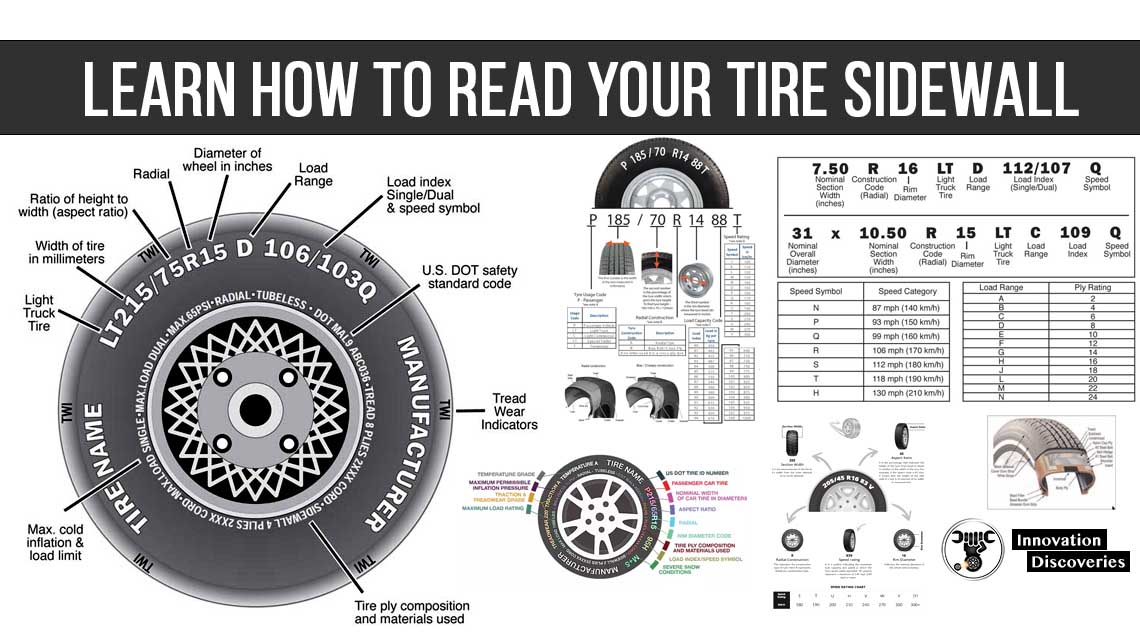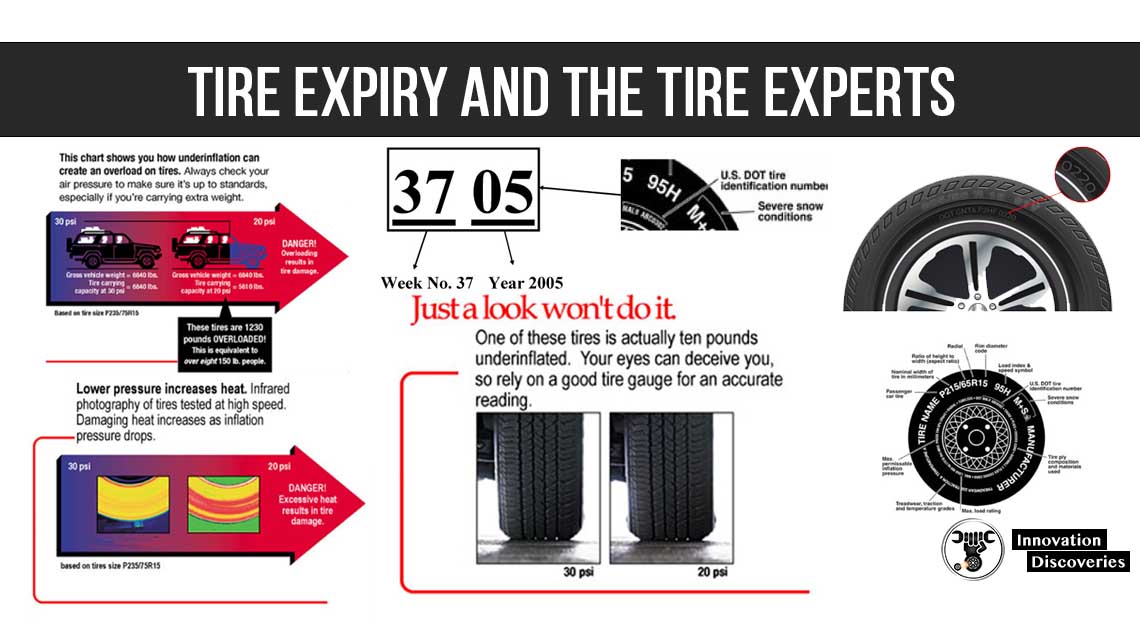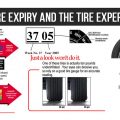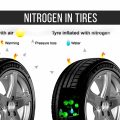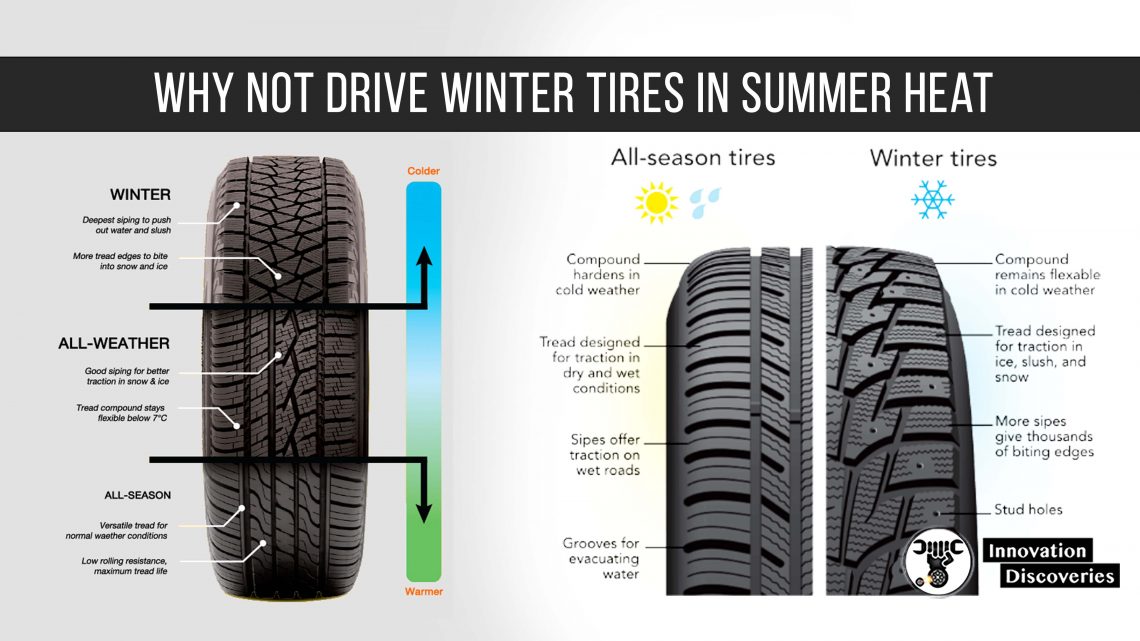
If you’re thinking of driving on your winter tires year-round, there’s a strong case against it.
You’ll wear out your tires much faster.
You’ll compromise traction and handling in all four seasons. And changing out your tires twice a year doesn’t have to cost you anything, including your valuable time.
Here’s what you should know.
Winter tires wear out faster in the heat
Winter tires are made with a more flexible rubber compound that helps deliver the best road grip in snowy and icy conditions.
All-season tires are made with a harder rubber blend that can withstand hot weather.
Hear is hard on winter tires, which are meant to be used when temperatures are 45°F or below.
Winter tires that run on hot pavements will wear out much fast than their expected tread life.
Because they are made with a softer compound, they will also tend to wear unevenly when driven in the wrong conditions.
It will cost you, not save you money
Since winter tires typically cost more than all-season tires, using them all year means you’re wearing out a more expensive set much faster than its expected mileage life.
It’s smarter to buy two sets of tires made for your driving conditions and swap them when the weather changes.
You’ll also pay more for gas when you use winter tires in summer since they will with far more friction than tires built for warm weather.
This higher rolling resistance means worse fuel economy and more out of your pocket at the pump.
It doesn’t do any favors for Mother Nature either, since you’ll be contributing higher carbon emissions from using more gas.
As with any investment, you save money when you get the most value from your tires.
One way to get the longest life out of tires is to use them for what they’re made for.
Traction and handling issues
Stopping distance is also a big issue since winter tires require a bit longer for braking on wet or dry pavement.
Plus, when cold weather comes around again, you’re going to be relying on worn tires.
Tires designed for winter will get uneven shoulder wear and faster tread wear if used in the summer months.
Winter tires with word tread blocks don’t provide as much grip on icy, snowy surfaces.
Without deep groves and intact traction features, your tires won’t channel snow, slush, and water as well.
When it comes to traction, lack of tread depth is a bigger safety risk in winter.
Swapping tires can be easy and free
Swapping out winter tires for all-season or performance tires twice a year is only a big effort if you do it yourself.
The best tire shops do it for free as long are your tires are on wheels.
If not, you can generally pay a small fee to have it done with little waiting.
The bottom line on driving winter tires all year
Your overall cost per mile will be lowest when you drive on tires that are proper for the season and your driving conditions.
You’ll get the most mileage out of them along with the control and traction you’ve paid for. And you’ll be more secure on the road.
READ: Learn How to Read Your Tire Sidewall
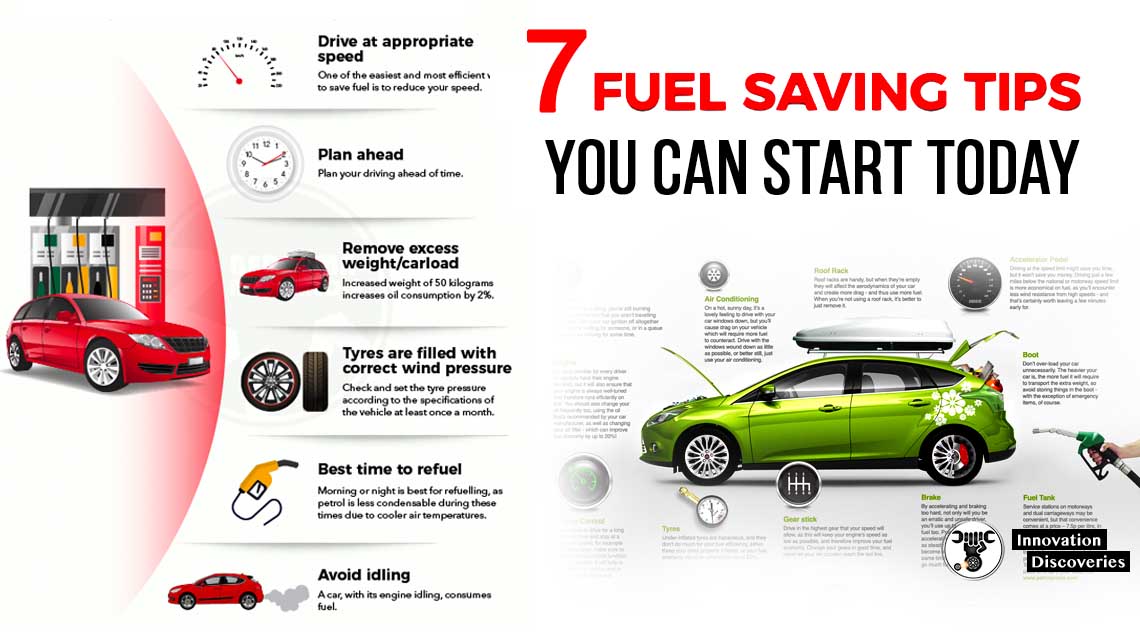
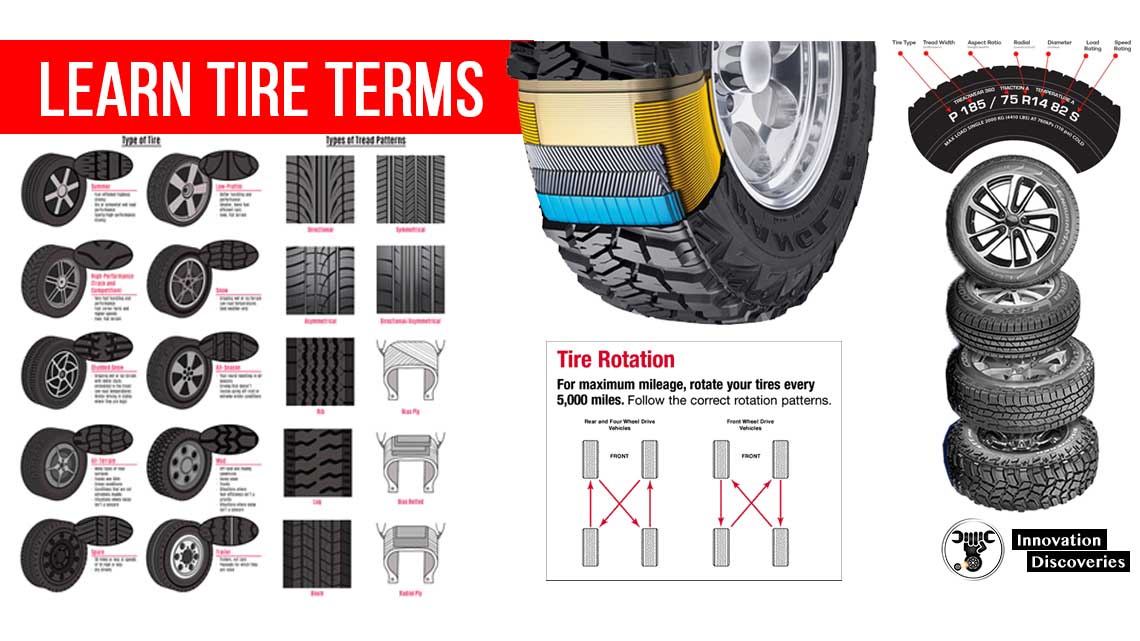
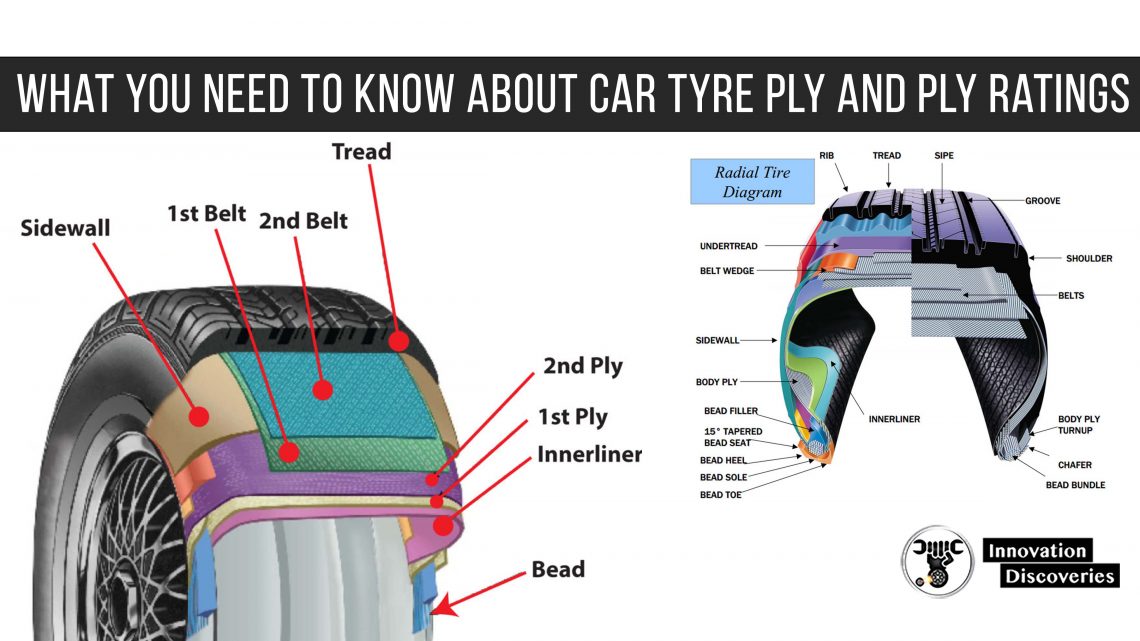
Visit Forum
Visit Our Friendly Website


